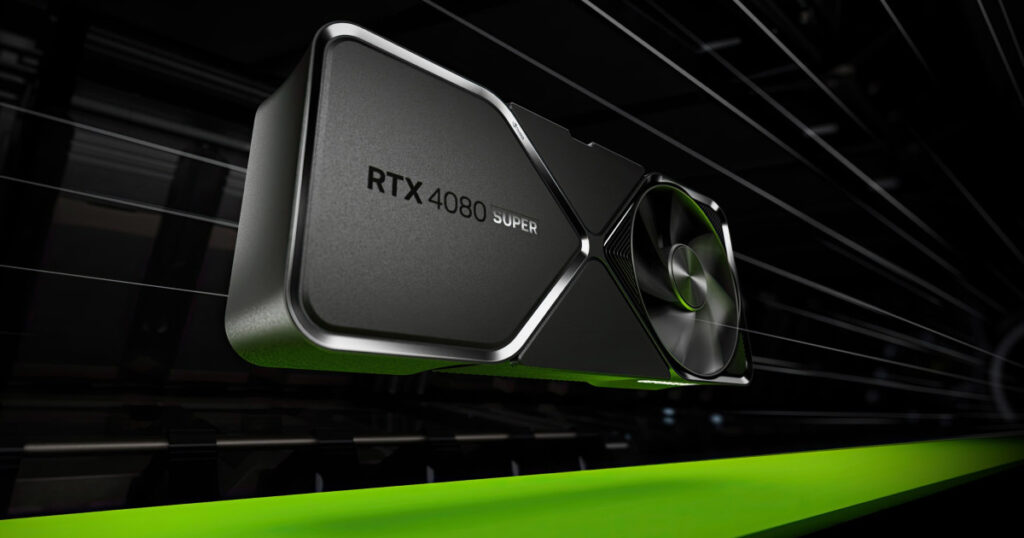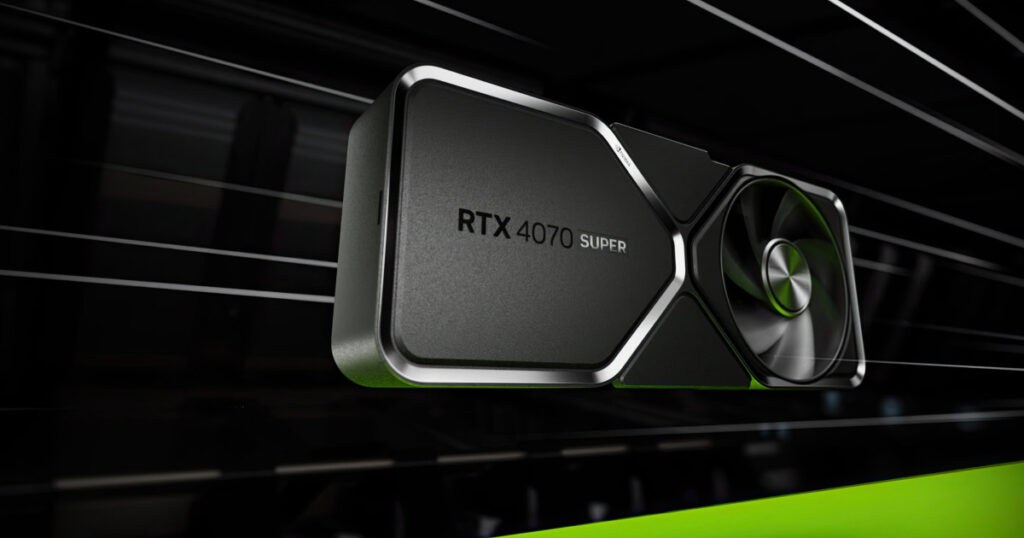Fibre-to-the-Building is very similar to Fibre-to-the-Node (FTTN), in that both NBN technologies use a mix of fibre and copper to connect homes to the NBN. Unlike the much-maligned FTTN technology, though, the copper portion of an FTTB connection is much shorter: where FTTN has copper lengths that can run into the hundreds of metres (450m on average), FTTB is more likely to be double-digit metres.
The closer an apartment is to the building’s telecommunications room, the shorter the cable length so, technically, the better the potential for faster speeds. In terms of equipment, FTTB is simplified in that a VDSL2-compatible modem-router connects to a telephone wall outlet to utilise the digital portion of copper wiring. The modem-router is designed to both send and receive internet data as well as share the internet around the home.







